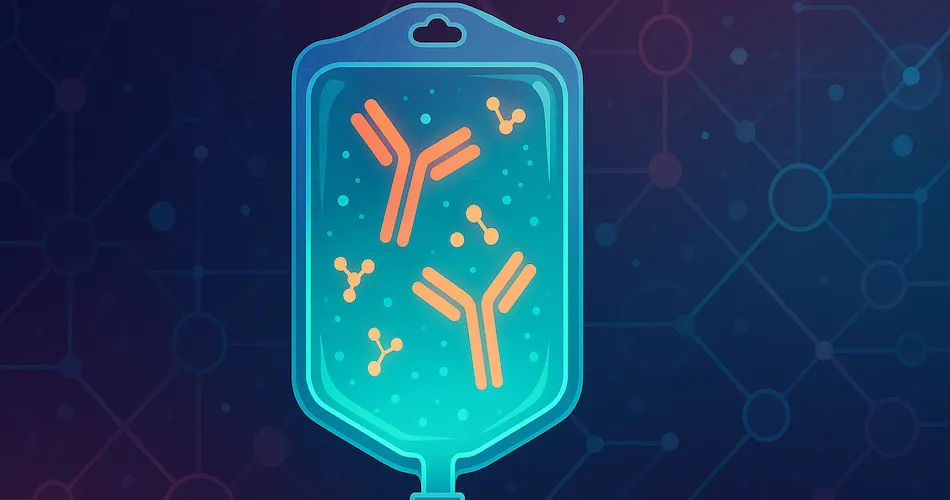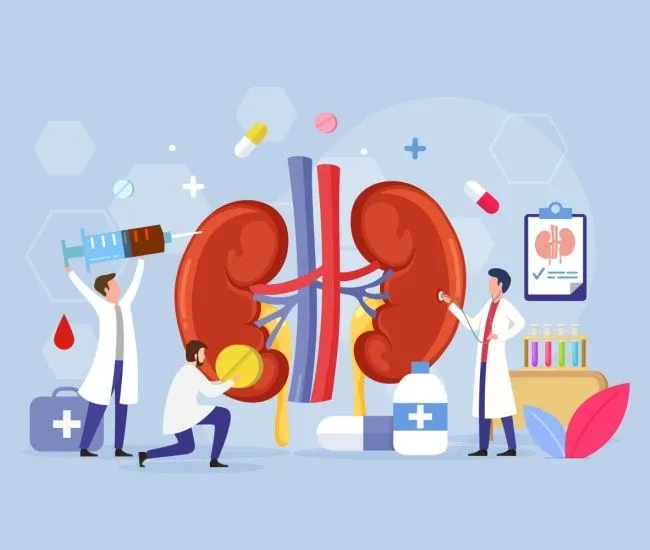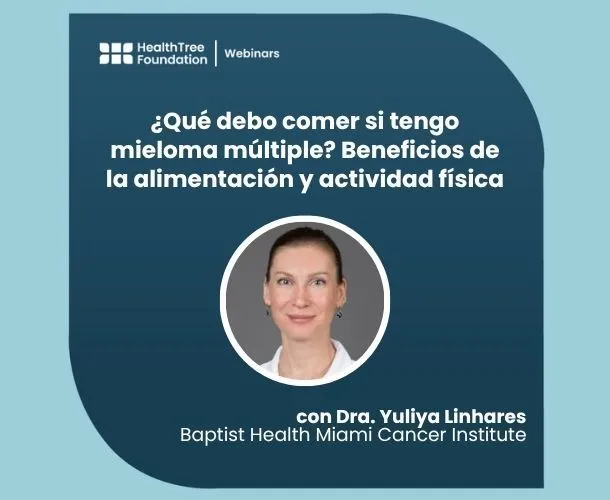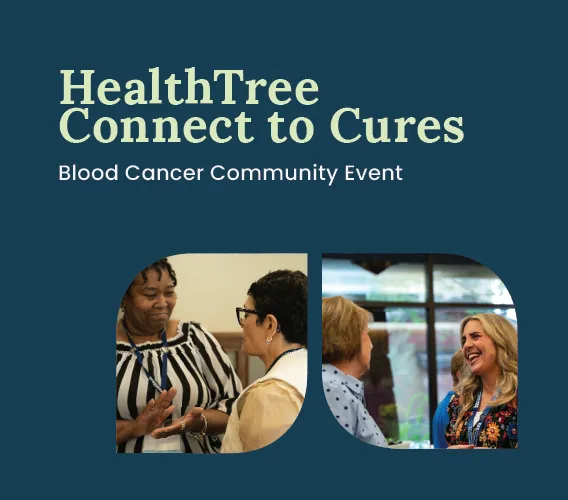Clinical Trial: Daratumumab for Newly Diagnosed Older Myeloma Patients

For older, more frail patients, what is the best first line of therapy in the newly diagnosed setting? We know that adding daratumumab, the first monoclonal antibody approved for treating multiple myeloma, improves outcomes when combined with other standard of care myeloma drugs. A study open at the H. Lee Moffitt Cancer Center and Research Institute will help determine how daratumumab is best used for newly diagnosed patients and which combination therapies may be most effective.
The first line of therapy is key, and for older patients who may not be able to receive intense therapy, various strategies are being explored. Daratumumab can be added to many treatment combinations without significant addition of side effects. The addition of daratumumab produces a profound enhancement in myeloma therapy that even improves over time according to an update of an important study presented at last year’s American Society of Hematology (ASH) 2022 meeting.
About the Study
Newly diagnosed myeloma patients over the age of 65 can join the study at the H. Lee Moffitt Cancer Center and Research Institute. The three study arms will include:
- Arm A: Patients will receive daratumumab by subcutaneous injection weekly with 20 mg of dexamethasone once a week for two months. Patients who receive a partial response or better will continue on this arm.
- Arm B: Patients with less than a partial response to Arm A may have lenalidomide added to their treatment, given on days 1-21 of each 28-day cycle.
- Arm C: Patients with less than a partial response to Arm A may have bortezomib added to their treatment, given weekly by subcutaneous injection at a starting dose of 1/3 mg/m^2 Days 1,8 and 15 of each 28 day treatment cycle.
The study is first seeking to measure the overall response rate of up to 8 months and is secondly seeking to measure the progression free survival and overall survival up to two years.
For more information about the inclusion/exclusion criteria, click here.
How We Can Help
If you need assistance finding or joining clinical trials, please contact our Patient Navigator support team at 1-800-709-1113 or at support@healthtree.org.
Did you know you can find more clinical trials in HealthTree Cure Hub?
Create a free account at healthtree.org, complete your profile and click on "Clinical Trials" in the left navigation to find trials that meet your search criteria.
For older, more frail patients, what is the best first line of therapy in the newly diagnosed setting? We know that adding daratumumab, the first monoclonal antibody approved for treating multiple myeloma, improves outcomes when combined with other standard of care myeloma drugs. A study open at the H. Lee Moffitt Cancer Center and Research Institute will help determine how daratumumab is best used for newly diagnosed patients and which combination therapies may be most effective.
The first line of therapy is key, and for older patients who may not be able to receive intense therapy, various strategies are being explored. Daratumumab can be added to many treatment combinations without significant addition of side effects. The addition of daratumumab produces a profound enhancement in myeloma therapy that even improves over time according to an update of an important study presented at last year’s American Society of Hematology (ASH) 2022 meeting.
About the Study
Newly diagnosed myeloma patients over the age of 65 can join the study at the H. Lee Moffitt Cancer Center and Research Institute. The three study arms will include:
- Arm A: Patients will receive daratumumab by subcutaneous injection weekly with 20 mg of dexamethasone once a week for two months. Patients who receive a partial response or better will continue on this arm.
- Arm B: Patients with less than a partial response to Arm A may have lenalidomide added to their treatment, given on days 1-21 of each 28-day cycle.
- Arm C: Patients with less than a partial response to Arm A may have bortezomib added to their treatment, given weekly by subcutaneous injection at a starting dose of 1/3 mg/m^2 Days 1,8 and 15 of each 28 day treatment cycle.
The study is first seeking to measure the overall response rate of up to 8 months and is secondly seeking to measure the progression free survival and overall survival up to two years.
For more information about the inclusion/exclusion criteria, click here.
How We Can Help
If you need assistance finding or joining clinical trials, please contact our Patient Navigator support team at 1-800-709-1113 or at support@healthtree.org.
Did you know you can find more clinical trials in HealthTree Cure Hub?
Create a free account at healthtree.org, complete your profile and click on "Clinical Trials" in the left navigation to find trials that meet your search criteria.

about the author
Eduardo Franco
Eduardo Franco is an International Medical Graduate who Joined HealthTree in 2020 as part of The Patient Experience team. He reads the patient’s medical records and compares them with the information reported by patients on Healthtree so we can have the most exact information on our platform. He is a martial arts practitioner, drummer and avid reader.
More on Clinical Trials
Trending Articles
Upcoming Events




Get the Latest Multiple Myeloma Updates, Delivered to You.
By subscribing to the HealthTree newsletter, you'll receive the latest research, treatment updates, and expert insights to help you navigate your health.
Together we care.
Together we cure.
3x Faster.












